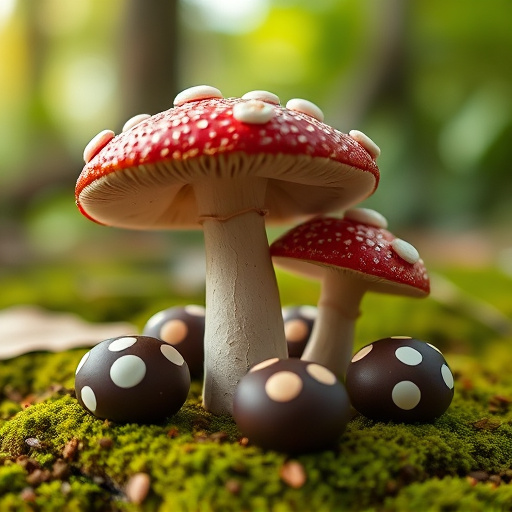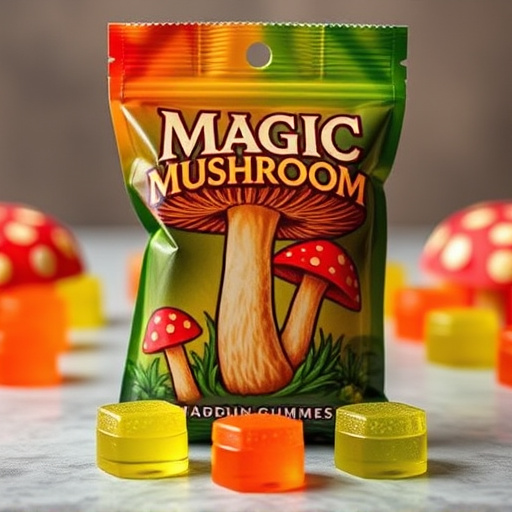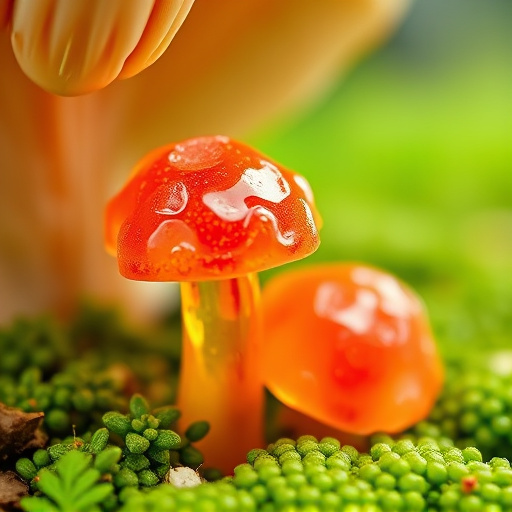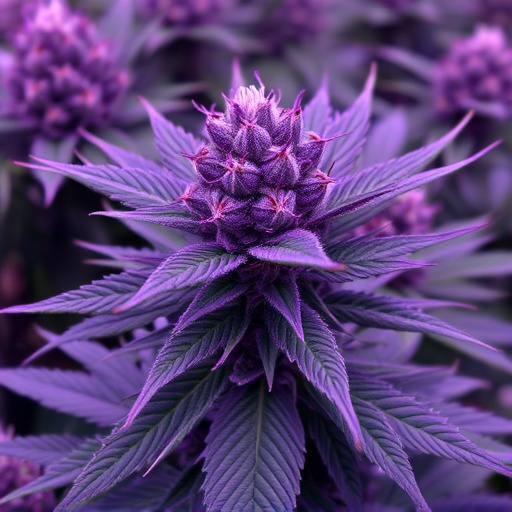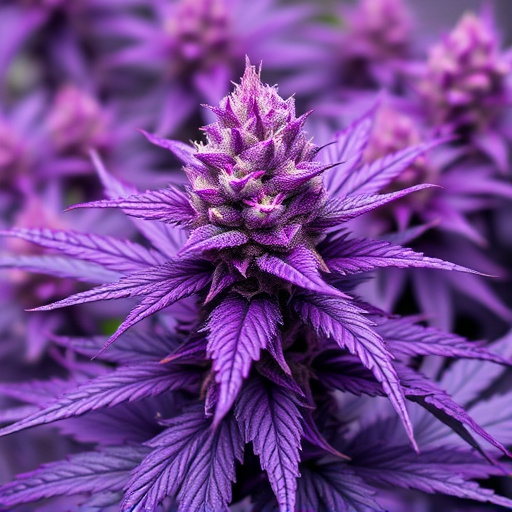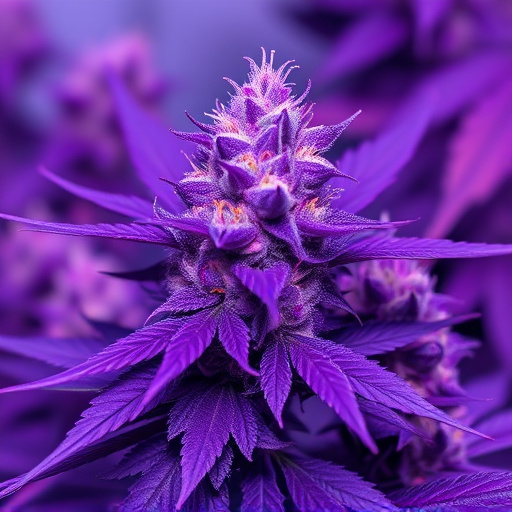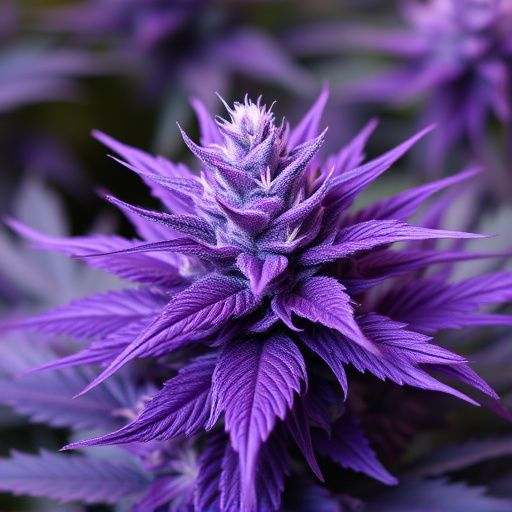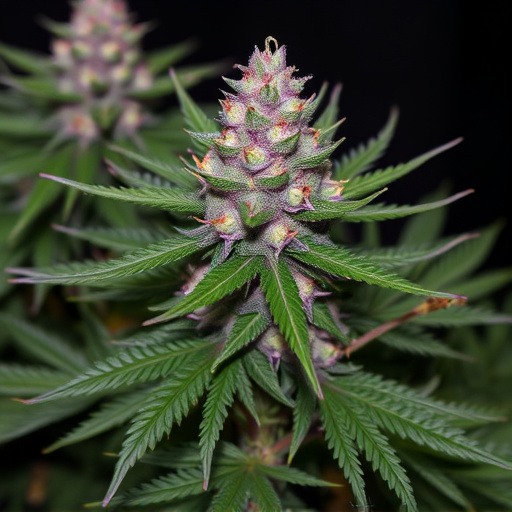Purple cannabis strains have gained popularity for their high THC content, unique effects on cognitive functions, motor skills, and sensory experiences, as well as potential therapeutic benefits like pain relief, anxiety reduction, and improved sleep. However, they also carry risks including temporary side effects and potential mental health issues with prolonged use. Informed caution is necessary when navigating the legal landscape, emphasizing responsible consumption and expert medical advice.
“Explore the multifaceted impact of high-THC purple cannabis strains on both mind and body. This article delves into the unique interaction between these potent varieties and our physiological systems, focusing on their mental and emotional effects. We’ll dissect the science behind their enhanced THC levels and how this translates to various potential benefits and risks. By understanding the complexities of purple strains, consumers can make informed decisions regarding their well-being.”
- The Science Behind High-THC Strains: How They Interact with the Body
- Mental and Emotional Effects of Purple Cannabis Strains
- Potential Benefits and Risks: Navigating the Impact on Mind and Body
The Science Behind High-THC Strains: How They Interact with the Body
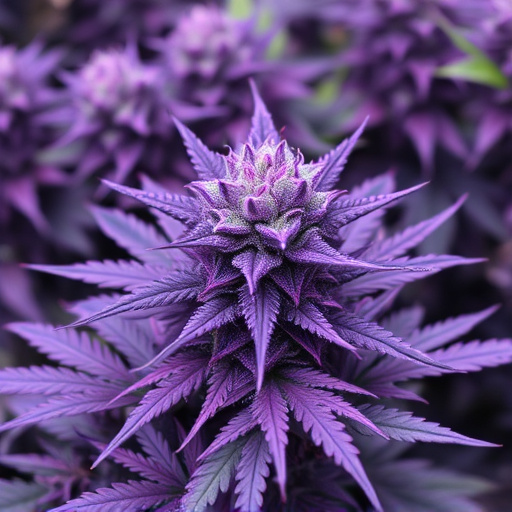
The science behind high-THC strains involves a complex interplay between cannabis compounds and the human body. THC, or tetrahydrocannabinol, is the primary psychoactive component in purple cannabis strains known for their potent effects. When consumed, THC binds to specific receptors in the brain, primarily CB1 and CB2 receptors, which play a significant role in various physiological processes. This binding triggers a cascade of events, leading to the characteristic mental and physical changes associated with high-THC consumption.
Purple cannabis strains have gained popularity for their unique sensory experiences, often offering enhanced flavors and aromas. The higher THC content contributes to intensifying these sensations, but it also means a more profound impact on cognitive functions and motor skills. Scientists are still unraveling the full extent of these interactions, revealing that the endocannabinoid system, a complex network within the body, regulates pain perception, mood, memory, and appetite—all areas significantly influenced by high-THC strains.
Mental and Emotional Effects of Purple Cannabis Strains
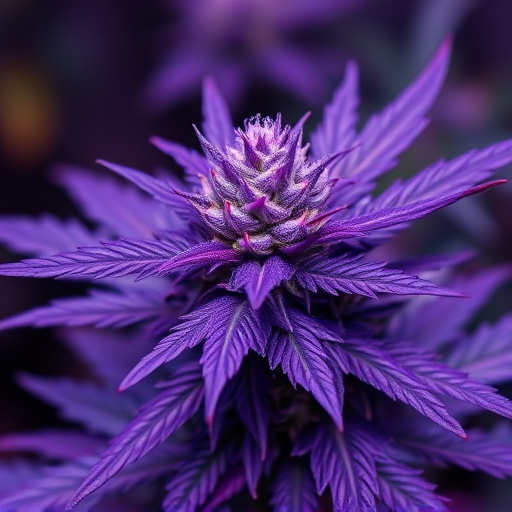
Purple cannabis strains have gained popularity for their unique aesthetic and purported effects on both mind and body. The vibrant hue is often associated with a range of mental and emotional experiences, from heightened creativity to profound relaxation. These strains contain elevated levels of THC (tetrahydrocannabinol), the primary psychoactive compound in cannabis, which can significantly impact brain function.
The mental effects of purple strains are varied and multifaceted. Users frequently report enhanced sensory perception, increased focus, and a boost in creativity. The emotional response to these strains is equally intriguing; many individuals experience feelings of euphoria, contentment, and even profound spiritual connection. However, it’s crucial to note that individual reactions can vary widely, and the intensity of these effects may depend on factors like dose, method of consumption, and personal tolerance.
Potential Benefits and Risks: Navigating the Impact on Mind and Body
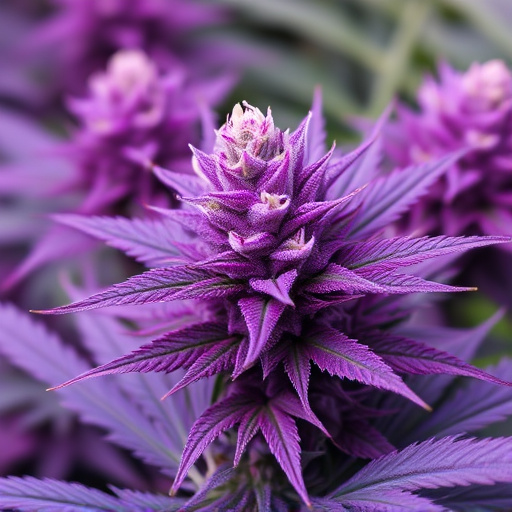
Purple cannabis strains, renowned for their high THC content, offer a unique blend of potential benefits and risks for mind and body. On the positive side, these strains have been linked to pain relief, reduced anxiety, and enhanced sleep quality, thanks to the potent combination of THC and other cannabinoids. Studies suggest that specific purple strains may also stimulate appetite, aiding those with conditions leading to weight loss or anorexia.
However, the high THC levels in purple cannabis strains also carry risks. Temporary side effects like increased heart rate, paranoia, and anxiety attacks are common, especially with higher doses. Long-term use could potentially lead to mental health issues, particularly in individuals predisposed to conditions like schizophrenia. Moreover, as the legal landscape surrounding cannabis continues to evolve, it’s crucial to approach these strains with informed caution, ensuring responsible usage and seeking expert medical advice when necessary.
High-THC purple cannabis strains offer unique mental and physical experiences, with potential therapeutic benefits. However, it’s crucial to understand their effects on both mind and body before consumption. The science behind these strains highlights their complex interaction with our endocannabinoid system. While they can provide relief for certain conditions, navigating their risks requires awareness of individual responses. As the use of purple cannabis strains continues to gain attention, ongoing research will further elucidate their impact, guiding users towards informed decisions.


